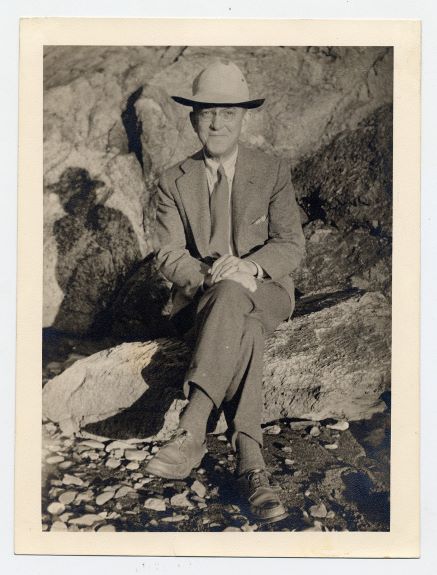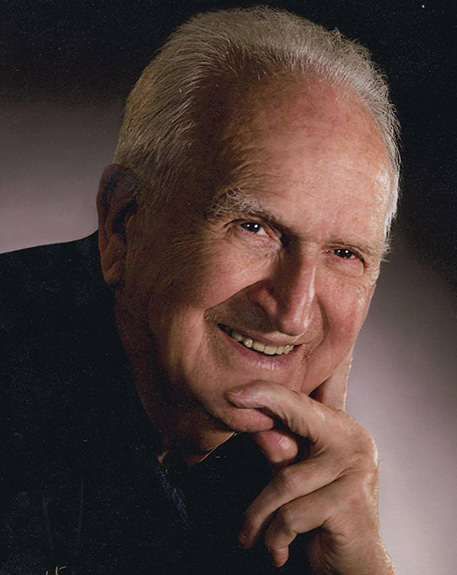2013 INDUCTEE David MacLennan, PhD Cells, Genetics & Genomics, Skin, Bones, Muscles & Joints
July 3, 1937
(Swan River, Manitoba )
June 24, 2020
PhD, Purdue University (1963)
2015: Foreign Honorary Member American Academy of Arts and Sciences
2012: Queen Elizabeth II Diamond Jubilee Medal
See All AwardsAwards & Honours:
2015: Foreign Honorary Member American Academy of Arts and Sciences
2012: Queen Elizabeth II Diamond Jubilee Medal
2008: Member of the Order of Ontario
2004: Honorary Member of the Japanese Biochemical Society
2002: Rick Gallop Award of the Heart and Stroke Foundation
2002: Golden Jubilee Commemorative Medal
2001: Officer of the Order of Canada
2001: DSc honoris causa, University of Manitoba
2001: Foreign Association of the National Academy of Sciences, USA
2001: Fellow of the International Society for Heart Research
2000: Royal Society Glaxo Wellcome Prize and Medal
1997: Izaak Walton Killam Memorial Prize in Medicine
1994: Fellow of the Royal Society of London
1991: Gairdner Foundation International Award
1990: National Lecturer Award of the Biophysical Society
1985: Fellow of the Royal Society of Canada
1974: Ayerst Award of the Canadian Biochemical Society
1969–1972: Scholar, Medical Research Council of Canada
1959: Lieutenant Governor's Gold Medal, University of Manitoba
1954: Governor General's Medal, Swan River Collegiate Institute
1998: Jonas Salk Award, Ontario March of Dimes
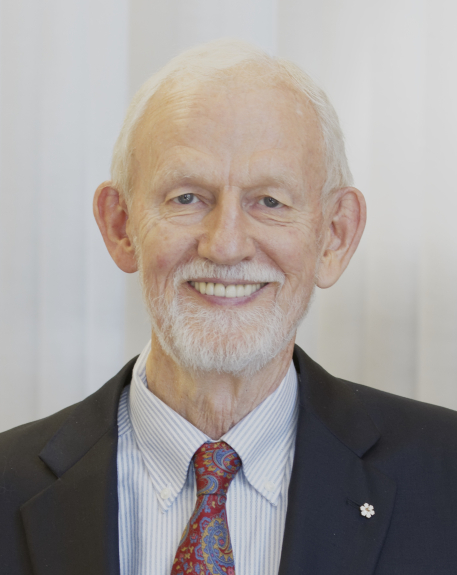
Described how calcium release channels and calcium pumps work and how mutations in these proteins cause inherited muscle diseases
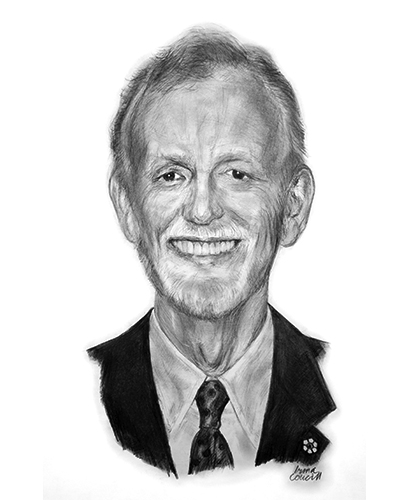
An interdisciplinary researcher who developed our understanding of normal and abnormal muscle function
As a newly independent investigator in 1969, Dr MacLennan embarked on the isolation and characterization of a Ca2+ ATPase from a then obscure membrane system, the sarcoplasmic reticulum (SR). He went on to describe the mechanism of action of the Ca2+ pump, the structure and function of many other muscle proteins involved in Ca2+ signalling in muscle, the genes encoding these proteins, and the genetic basis for muscle diseases caused by mutations in these genes.
These earlier studies allowed Dr. MacLennan to identify patients who are susceptible to malignant hyperthermia (MH) or to exercise-induced sudden cardiac death. MH Patients are at risk of fatal reactions to anaesthetics – if identified, they can be treated with safe anaesthetics.
Key Facts
Defined the functional characteristics of several novel proteins
Discovered the gene mutation that leads to Brody Disease
Developed the technology required to carry out expression and site-directed mutagenesis of calcium ions located in the SR
Developed the diagnostic test for MH mutation in swine and, as a result, contributed to significant economic benefit to the swine industry
Held multiple patents
The Institute of Scientific information included him in a small group of scientists whose work has been proven to be “highly cited”
Professional timeline
Impact on lives today
Dr. MacLennan’s career is a testament to the benefits of scientific excellence, passion, and commitment. For over 40 years, he endeavoured to understand the structures of function of the SR and calcium ions. In time, Dr. MacLennan's efforts led to the definition of the protein components of the SR and to understanding the structure and functions of the Ca2+ pump. His experimental and conceptual breakthroughs have enhanced basic knowledge, improved patient care and facilitated economic savings in the agricultural industry.
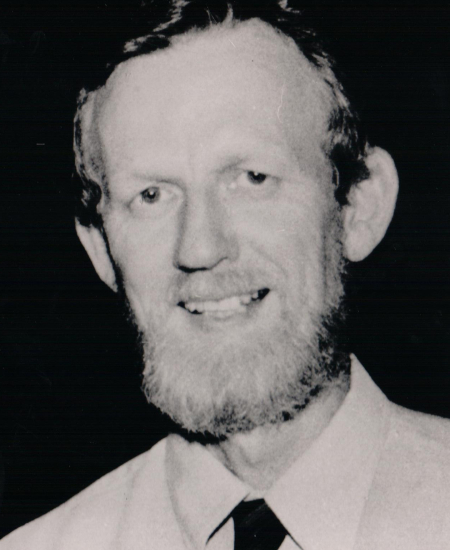
2013
-
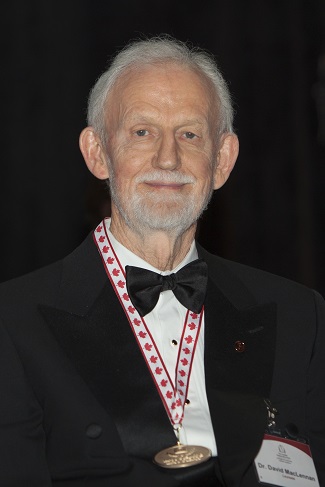
David MacLennan inducted into the Canadian Medical Hall of Fame
Halifax (Nova Scotia)
-
David MacLennan published his research on the Ca2+ATPase in the Journal of Biological Chemistry in 1970
Cells, Genetics & GenomicsOn the 100th anniversary of the Journal, his article was named a “classic JBC paper.”
-
Dr. David MacLennan published his research on the genetic basis of malignant hyperthermia in swine in the journal "Trends in Pharmacological Sciences"
Skin, Bones, Muscles & Joints, Cells, Genetics & Genomics -
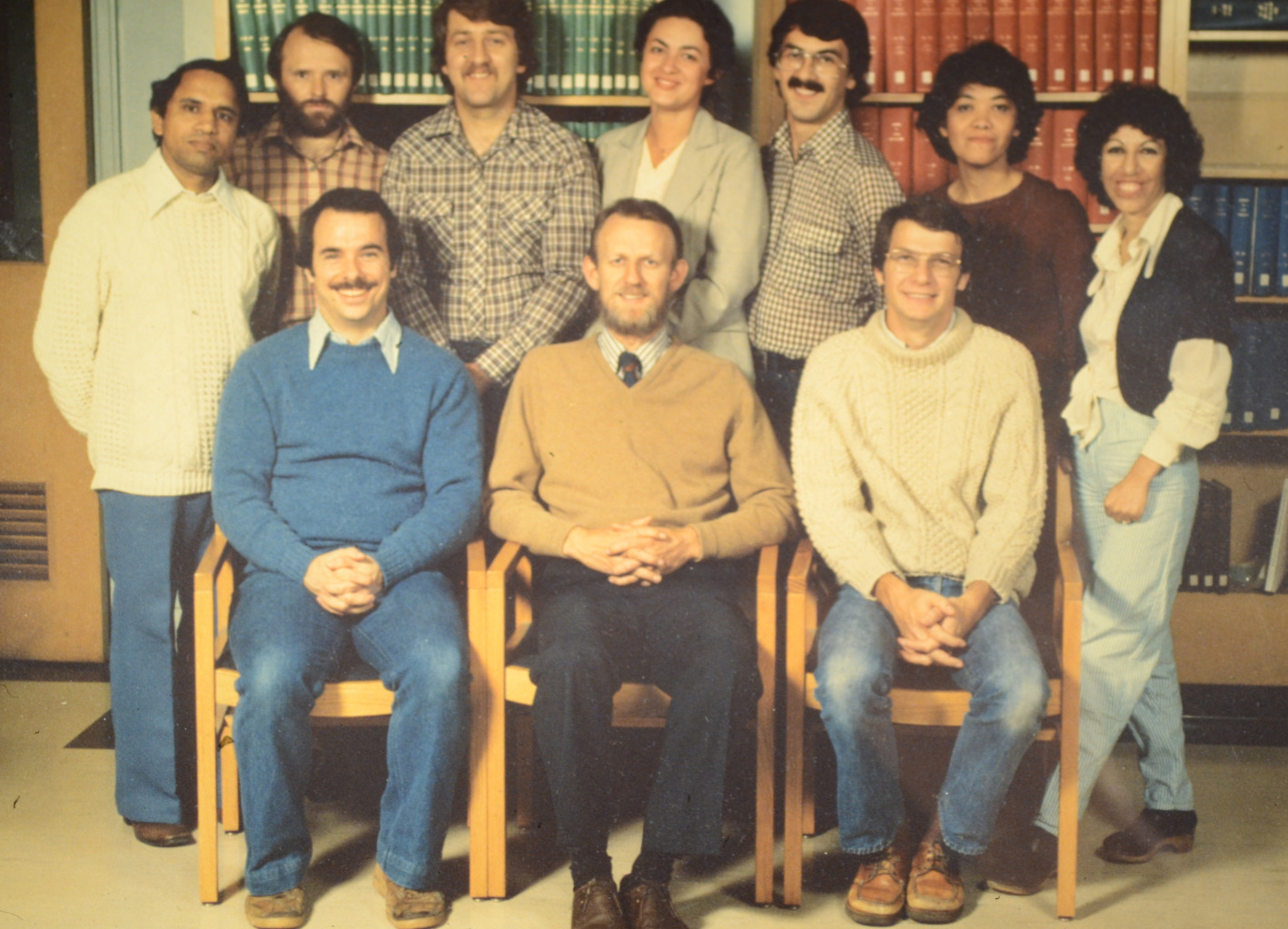
Dr. MacLennan became the Chair of the Banting and Best Department of Medical Research at the University of Toronto
Leadership in Organizational DevelopmentHe served in this role for ten years.
-
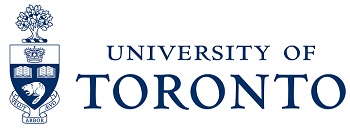
Dr. MacLennan returned to Canada to become an Associate Professor in the Banting and Best Department of Medial Research at the University of Toronto
Health and Medical Education & Training -
Dr. MacLennan began his studies of the SR—a calcium storage and release compartment inside muscle cells
Cells, Genetics & Genomics, Skin, Bones, Muscles & Joints -

Dr. MacLennan became a postdoctoral fellow, and later Assistant Professor, at the Institute for Enzyme Research at the University of Wisconsin
Health and Medical Education & Training
1963
Recognized nationally and internationally as one of Canada’s foremost biomedical scientists.

